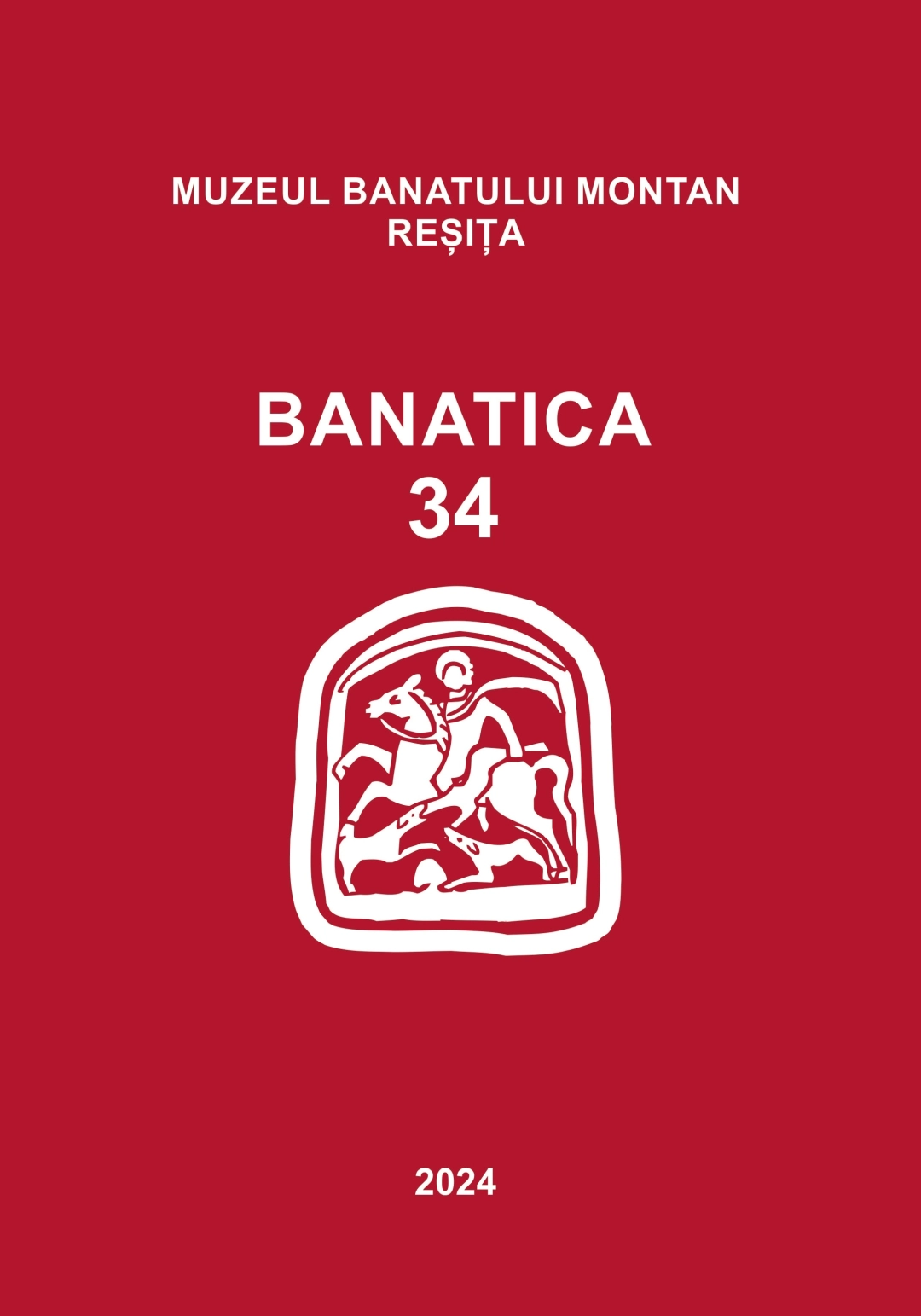Exploatarea animalelor în aşezarea neoliticului mijlociu (grupul Pişcolţ) de la Urziceni‑Vamă, judeţul Satu Mare
Animal exploitation in the Middle Neolithic settlement (Piscolţ group) at Urziceni–Vamă, Satu Mare County
Author(s): Georgeta El SusiSubject(s): History, Archaeology, Cultural history, Local History / Microhistory, Social history
Published by: Editura Mega Print SRL
Keywords: cultural group Pişcolţ; Linear Pottery Culture-Alföld; Urziceni-Vamă; breeding of small ruminants; hunting;
Summary/Abstract: Although a variety of Pişcolţ sites have been excavated, only one recent faunal analyses has been published. This contribution includes a collection of bones from the site Pişcolţ-Lutărie. The present sample, which is relatively small aims to provide further information regarding the management of domestic species, their racial types, and the use of local natural resources. This faunal lot consists of 577 fragments obtained from the Urziceni-Vamă settlement, attributed to the Pişcolţ II phase. The fragments were collected from three points, the customs area with 545 bones, the Duty Free Shop I area with a Neolithic inhumation grave (M3), the Duty Free Shop II area with 10 bones, and the Duty Free Shop III area with 22 bones. The statistical analysis indicates that the Middle Neolithic communities at Urziceni exhibited an animal economy primarily centered on the using of sheep and goats, which accounted for 42.35% as NISP and 46.15% as NMI. Cattle were of secondary importance, representing 34.82% as NISP and 23.08% as NMI, while pigs followed with 13.65% and 14.14%, respectively. The primary purpose for sheep, goats, and pigs raising was the meat; however, it is noted that approximately one-third of the small ruminant population was maintained for milk, hair, and, to a lesser extent, skin. The economic framework was significantly supported by cattle, which were slaughtered at a rate of 47.05% during their youth and sub-adult stages, primarily males. In contrast, 52.92% of the cattle were kept for several years, with some surviving for as long as 9 to 11 years. There is no evidence of their utilization for traction in the Urziceni settlement; however, this practice is widely recognized at other sites associated with the CCTLNI complex. The role of hunting in food procurement was modest, yet it provided significant resources such as skins, bones, and horns. In terms of remains, wild species accounted for 8.71% as fragments, with a slightly increased quota as individuals (14.1%). Notable, among the hunted mammals are the roe deer and red deer, which comprised 2.59% and 2.35% respectively. The wild boar (1.88%), aurochs (1.41%), and wild horse (0.47%) were also present, albeit in limited quantities. The local population hunted various species found in the vicinity of the settlement, with an emphasis on the protection of their crops. In the case of roe deer, red deer, and wild boar, it was observed that half of the captured individuals were either young or subadult. Deer were hunted, especially in the warm season. The area was abundant in natural resources, facilitated by the hydrographic network that traversed the territory. Fishing was practiced on a much larger scale than what is represented in the sample. We identified a single vertebra from a catfish, a species commonly in the aquatic habitats of the Ecedea marsh. Furthermore, molluscs were collected on a seasonal basis, our sample documenting 34 valves (5.89%), most of which were fragmented.
Journal: BANATICA
- Issue Year: 1/2024
- Issue No: 34
- Page Range: 27-52
- Page Count: 26
- Language: Romanian

